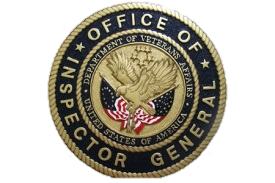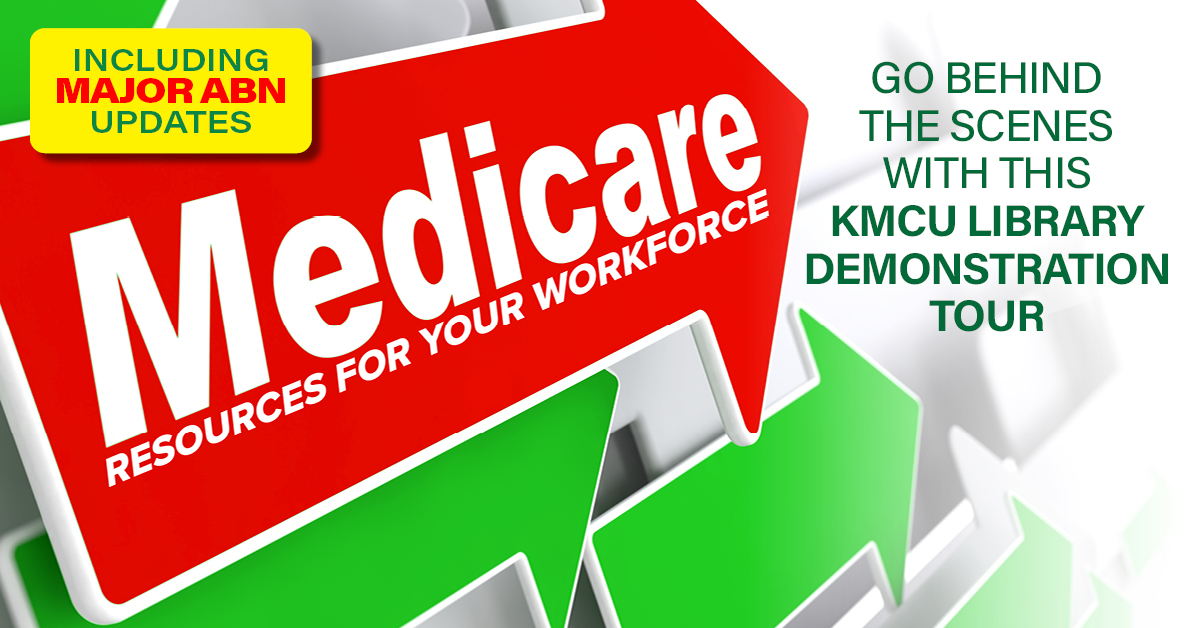Why Payment is Denied Based on Documentation | Prevent Chiropractic Audits
Our recommendation: get proactive, and find out what's really going on in your documentation before an outside auditor does.


This Documentation Gap Analysis allows us to evaluate the significant components of your current Documentation program. It should take less than 5 minutes to complete.

Sometimes you need more than a self-service, on-demand program and need an expert to analyze your issues, train the corrections, and help you implement the changes, so they stick

This course explains the significant role chiropractic care can play in the sports industry and how a DC can succeed as a Sports Chiropractor. Start your steps to success here!

The most effective chiropractic OIG compliance programs are scaled according to the size of the practice!
Our recommendation: get proactive, and find out what's really going on in your documentation before an outside auditor does.
Optimizing Athletic Performance: Unlocking Your Potential in Sports Chiropractic for Your Community | Presented By Dr. Alan K. Sokoloff, a.k.a. “Dr. Sok"
As providers create medical records of the encounters between the doctor and the patient, the format for collecting the required information can vary drastically. Practice style, patient population, and personal preference are all considerations when choosing how to gather information from the patient to meet compliance standards.
Successful providers review their coding and documentation and strive to improve accuracy and compliance. Documentation involves far more than just writing down a list of services or copying notes from visit to visit. Likewise, proper coding involves more than just figuring out what codes the payer will accept and billing those.
The Medicare Advance Beneficiary Notice (ABN) may carry the tagline Annoying, But Necessary but this does not mean that providers can ignore it or worse, wing it when it comes to implementing it correctly.

We’re excited to invite you to explore our comprehensive library, where we’ve compiled everything you need to know about Medicare, including the upcoming ABN changes.
Maintenance care is a vital component of what sets Chiropractic apart in the healthcare profession. Let’s make sure we are coding and billing it right!

Not sure if certification is right for your staff? Don’t decide until you see what is available in this comprehensive yet easy to understand course.
The definition(s) of medical necessity is one of the most important to you and your practice whether a cash-based practice or one dealing with third-party payers.
Be diligent in your quest to become more familiar with the precise details of workers’ compensation protocols. Executed properly, workers’ compensation cases can be a great boost to your practice.